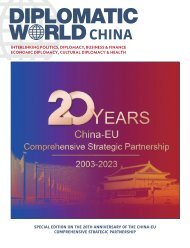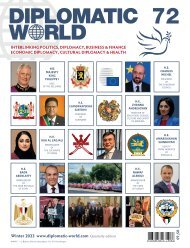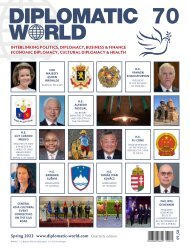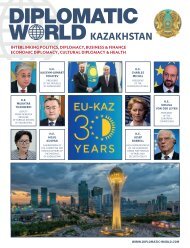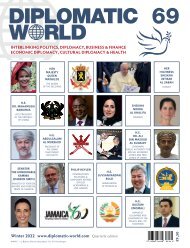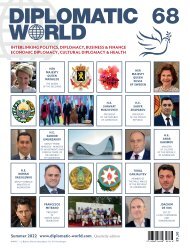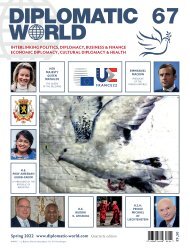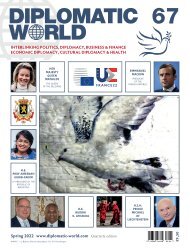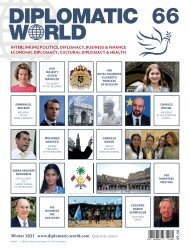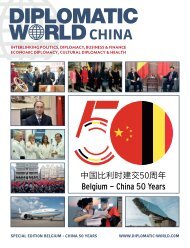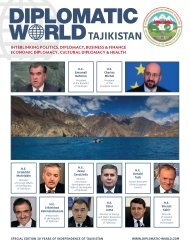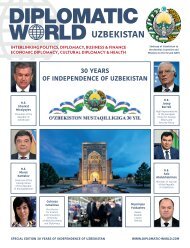Create successful ePaper yourself
Turn your PDF publications into a flip-book with our unique Google optimized e-Paper software.
Chaïm Soutine <br />
© Pinacothèque de Paris<br />
La Folle, c. 1919, Oil on canvas, 87 x 65,1 cm<br />
Chaïm Soutine<br />
© Pinacothèque de Paris<br />
Le Bœuf, c. 1920, Oil on canvas, 81 x 50 cm<br />
74<br />
I can imagine there is a lot of pressure on the<br />
experts when they start the valuation of a piece.<br />
I am sure you have a sound understanding of your<br />
responsibility towards this matter. How do you cope<br />
with this pressure?<br />
The pressure is enormous and it is important to protect<br />
yourself from it. To control it means to focus on the<br />
research, by studying the painting and performing the<br />
scientific research in the laboratory, but most importantly<br />
by not listening to all the players of the art market. Auction<br />
houses, art dealers in the secondary market, or commercial<br />
agents have no idea about the time needed for thorough<br />
research and making a good evaluation. Sometimes others<br />
have a hard time understanding what I do during my<br />
scientific research.<br />
How come you became so passionate about art, as a<br />
student, and still to this day? Is passion a conditio<br />
sine qua non for you in your daily practice?<br />
In the world of arts, without passion nothing is possible<br />
in the long run. Art has been my life since I was a child. I<br />
was raised in an intellectual and artistic environment where<br />
my grand-father was a painter, my brother a musician, and<br />
another brother a historian, professor and writer of a large<br />
oeuvre of books. I myself am above all a historian and art<br />
historian. Surrounded by paintings and artworks, I was<br />
immersed as a youngster in this world of the arts and rich<br />
culture and finally became a professional. Before entering<br />
the world of museums, I spent 15 years at La Sorbonne in<br />
Paris as a student and teacher. I started as a director in a<br />
state-controlled institution and later in my own museum,<br />
La Pinacothèque de Paris, to develop my own programming<br />
and to install my vision. All of this can only be achieved<br />
with passion; a passion that sometimes makes you do crazy<br />
things, jump and cross borders.<br />
How do you approach an exhibition as a curator?<br />
Could you define your curatorial style?<br />
I would like to define it as universal and transversal. I was<br />
one of the first in my field to experience the closing of<br />
the gaps between different forms and practices of art and<br />
culture. Today this has become evident, but already in 2003<br />
I was talking about a transversal and universal vision, even<br />
before the Louvre at Abu Dhabi was considered. I was also<br />
one of the first to include ‘Wunderkammers’, or cabinets<br />
of curiosity in a museum presentation at the Pinacoteca in<br />
Paris in 2011. The instalment and presentation of light and<br />
colour in combination with the montage of the artworks<br />
are defining for this vision. Since the 1950s museums<br />
completely forgot to create dialogues and confrontations<br />
between artworks, which is something I have always<br />
incorporated.<br />
Bruno Devos & Marc Restellini





